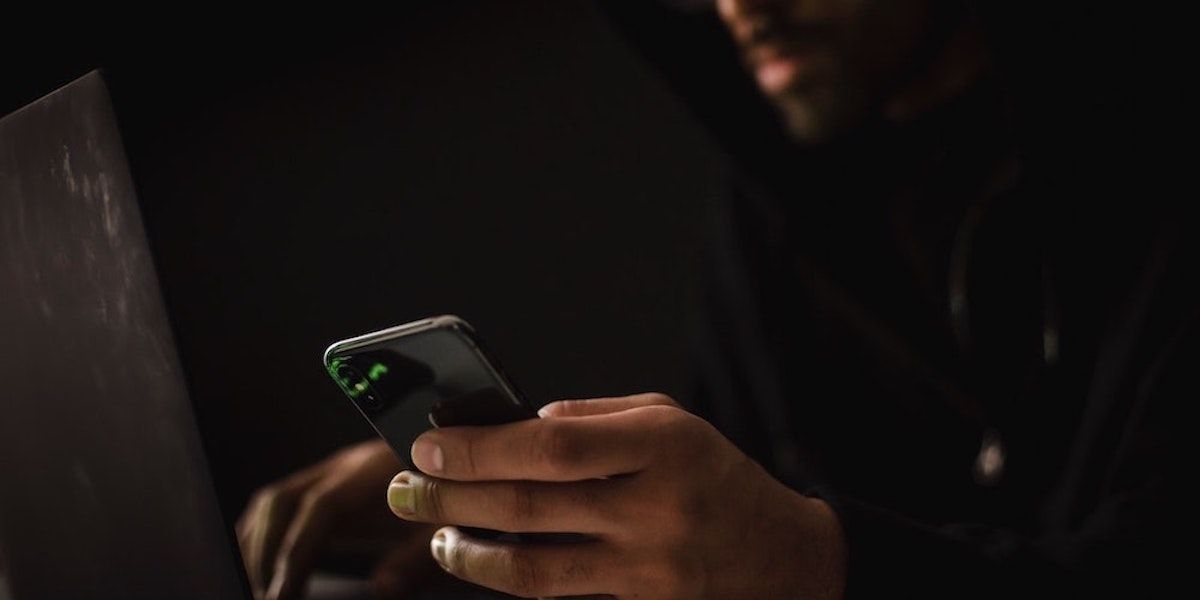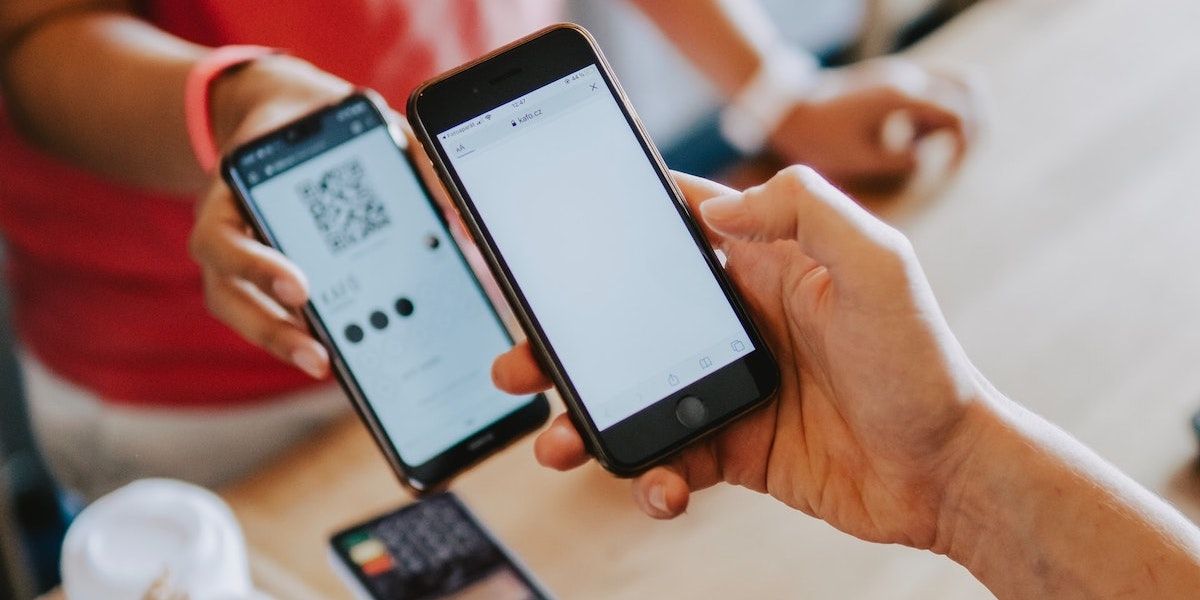With Apple Pay, you don’t need to carry around your payment cards or cash. Everything is handily contained in one app, ready for you to tap and make payments when on the go. Millions of people around the world already use it—should you?
Whether you’re a consumer or a merchant, we think that you should ponder that question carefully. Though Apple Pay has undeniable benefits, there are also plenty of drawbacks. Here’s why you shouldn’t use Apple Pay.
Apple Pay’s Disadvantages as a Consumer
As a consumer, you might face the following security threats if you rely solely on Apple Pay.
1. Vulnerability to Cyberattacks

Generally, Apple Pay is a safe, secure system resistant against cyberattacks, making it an excellent mobile payment option. However, jailbreaking your iPhone overrides the software restrictions that also serve as security.
If you have a jailbroken iPhone, think twice before using Apple Pay. Hackers might override your transaction restrictions and duplicate your previous contactless payments.
2. Public Wi-Fi Connections Compromise Security
Apple Pay uses NFC chips to execute contactless payment transactions, so you don’t need internet connectivity. This is fantastic, as you can use it without restriction.
However, iPhones automatically search for available Wi-Fi connections by default. Public networks are often targeted by hackers and criminals waiting to override insecure financial transactions—such as unauthorized contactless payments.
You might accidentally use your device for Apple Pay without noticing it’s already connected to a public network. After all, contactless transactions happen pretty quickly. Not many people bother checking their phone’s signal and connectivity status before paying.
Fortunately, you can quickly resolve this issue by turning the auto-join feature off. Go to Settings > Wi-Fi, then slide the auto-join toggle.
3. Potential to Bypass Contactless Limits Without Authorization
Research from the University of Birmingham exposes Apple Pay’s susceptibility to payment fraud on Visa cards when the iPhone’s Express Transit mode is enabled.
Essentially, hackers can potentially bypass the contactless limits on small payments. For instance, let’s say you used Apple Pay to purchase a train ticket. Since it requires minimal authentication, hackers can override the transaction and replicate it multiple times without your knowledge.
Fortunately, these issues are relatively isolated. As long as you review your transactions and payments regularly, you wouldn’t fall victim to this scheme.
4. Apple Collects Significant Personal Data
Apple Pay requires you to disclose various personal information. Apart from the standard data like your name and address, the company will also access your transaction history—which could amount to a lot if you use it frequently.
Although Apple does not sell user data, it utilizes your personal information for marketing purposes (i.e., targeted ads, suggested posts). You might want to reconsider using Apple Pay altogether if you doubt Apple’s privacy terms.
Apple Pay’s Disadvantages as a Merchant
Think twice before relying solely on contactless payments provided by Apple Pay if you own a shop or merchant account. Otherwise, you’ll put your payment system at risk of the following:
5. Confusion and Irritability Among New Users
According to Finder, 150 million Americans use mobile wallets to cover their expenses; less than half of this population has Apple Pay installed.
As such, you can’t expect all your customers to use a digital wallet like Apple Pay. You need to be prepared to offer alternative payment methods.
You might also face some issues if you chance upon customers using Apple Pay for the first time. You’ll likely spend more time checking out customers if they need help with their payments—defeating the purpose of Apple Pay: fast, seamless transactions.
6. Failed Transactions Due to Card Clash

Fast-moving, contactless payment devices face a high risk of “card clash.” This issue arises when two or more payment solutions interfere with each other’s transactions—often with newly released contactless technologies.
While this isn’t a flaw unique to Apple Pay, it is especially susceptible if, for example, a customer stores their contactless card with their phone. This can cause payments to be duplicated, taken from the wrong source, or not processed—all of which will provide annoying admin overhead for your business.
Is Apple Pay Worth It?
Although contactless payments make checkouts significantly quicker, they also have their fair share of disadvantages. Don’t overlook them for the sake of convenience. That said, you might find that the benefit outweighs the risk—and Apple is sure to improve Apple Pay’s features and security over time.
Read Next
About The Author